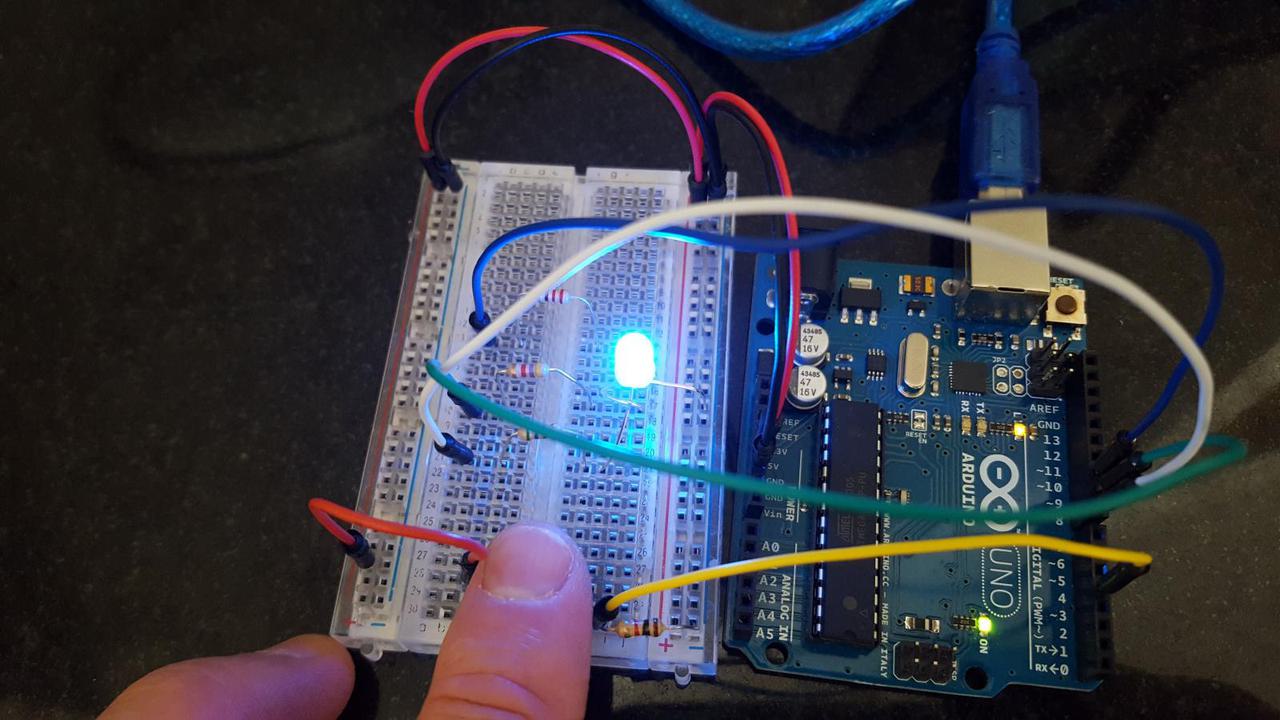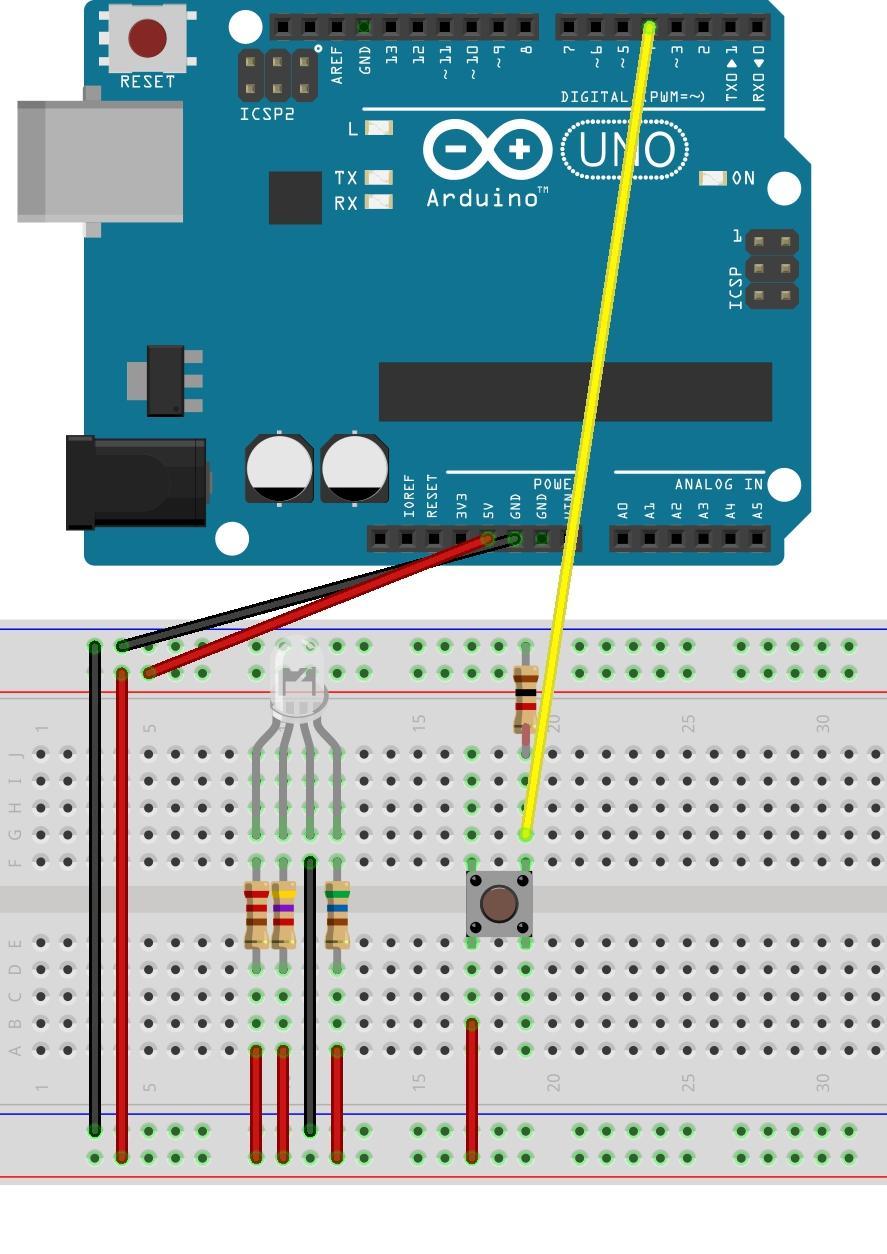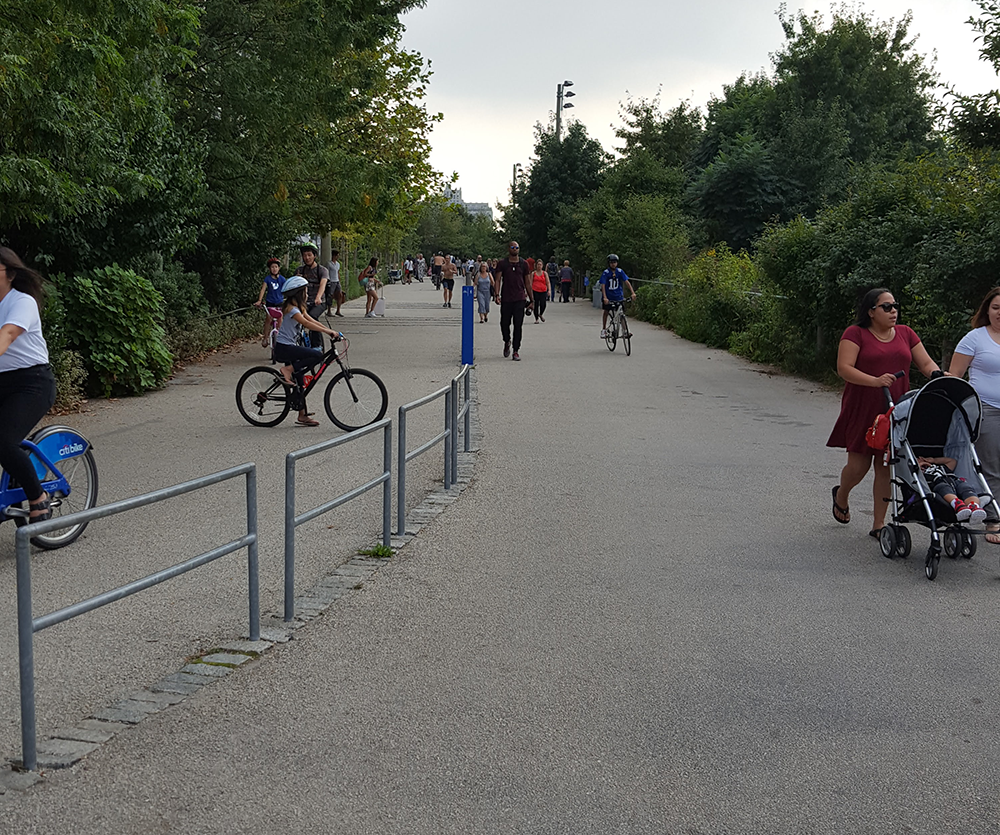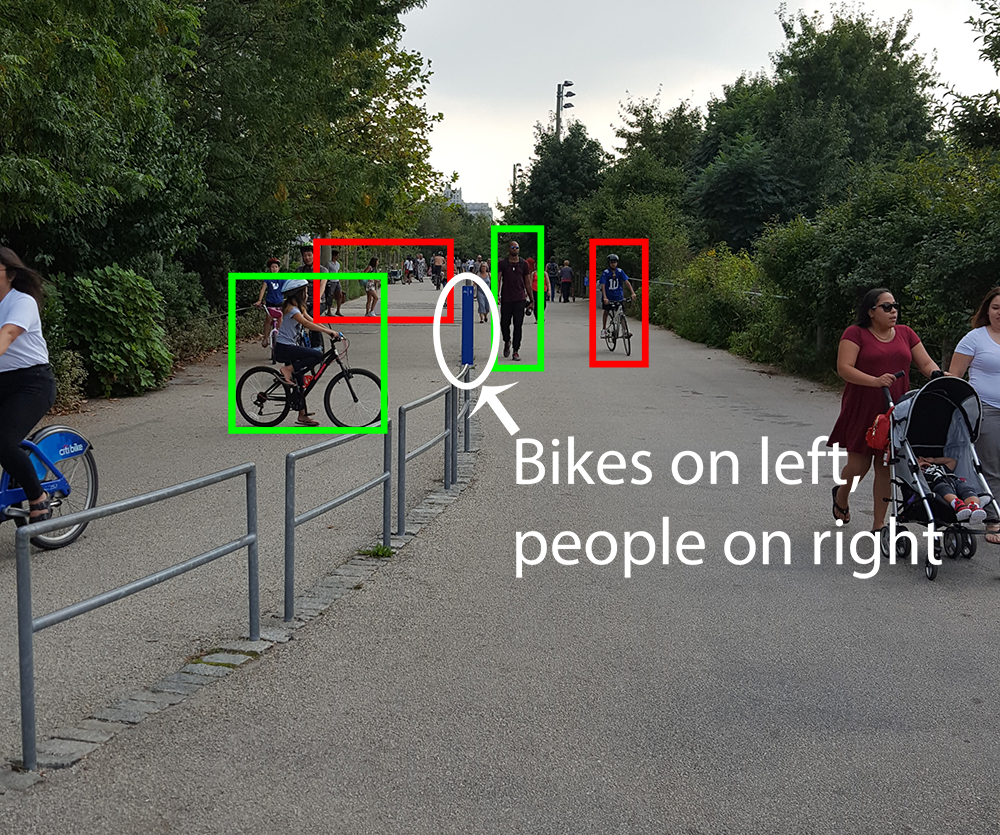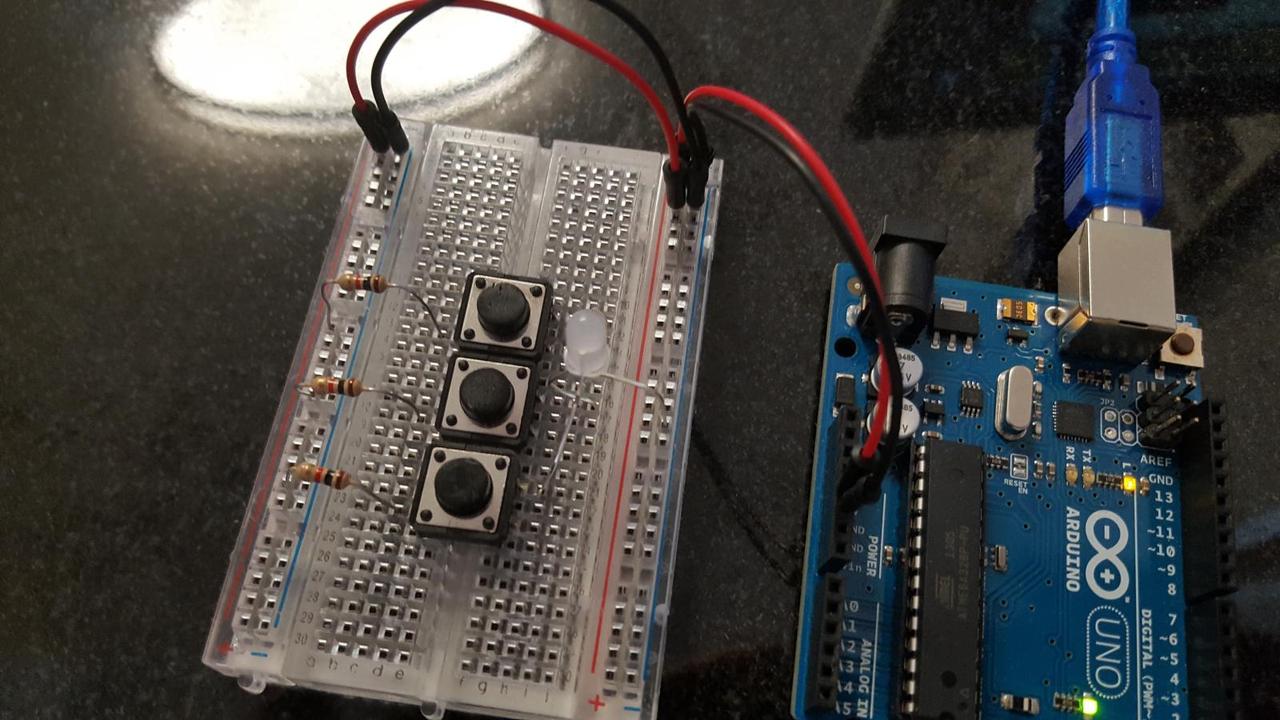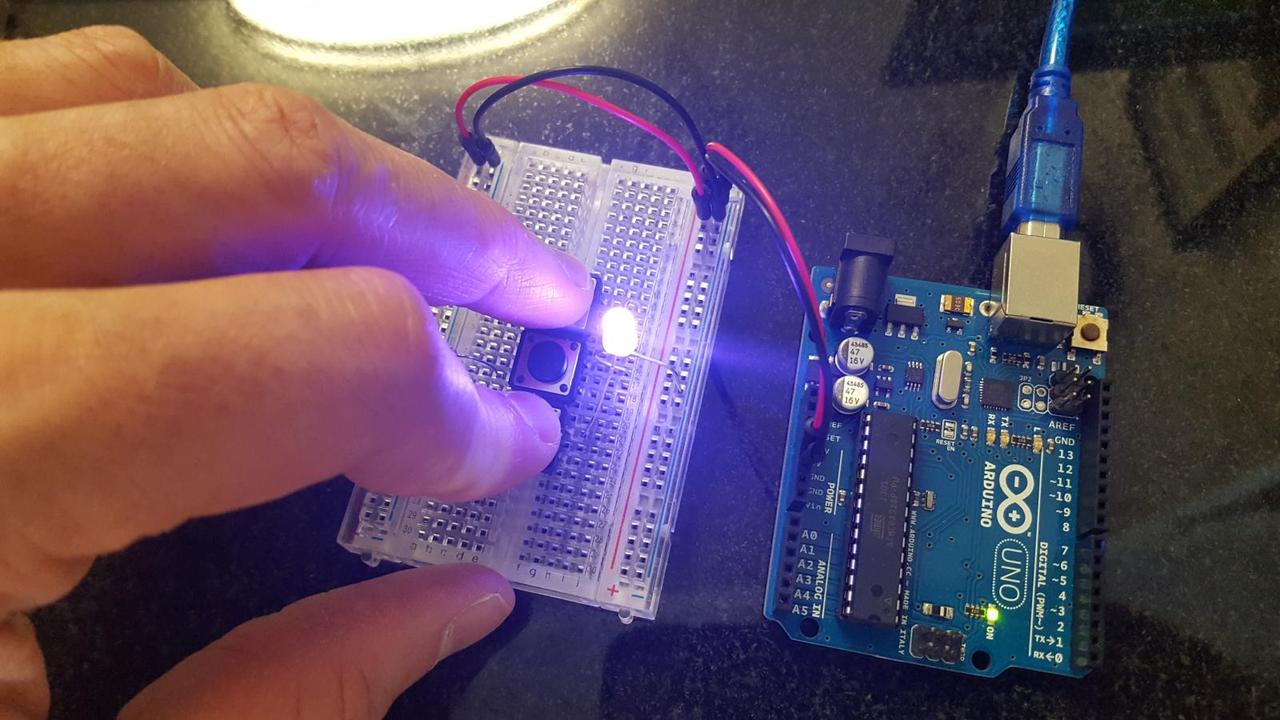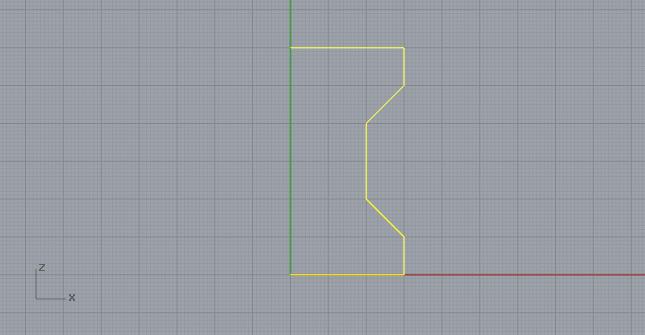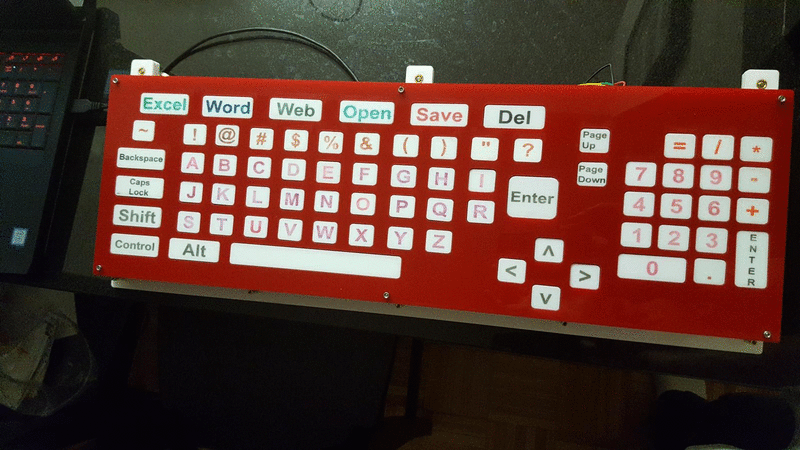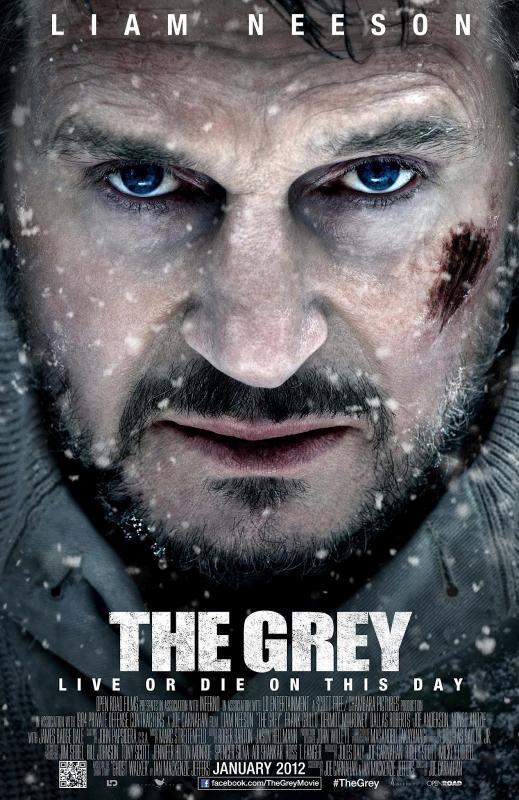Typography and Expression
This week we learned about typography and how font choices contribute to our design decisions. Fonts and typography contribute much to how well information is communicated to others.
I wanted to learn more about Adobe Illustrator so I went through some tutorials to get a basic understanding of the application, then dove into these assignments.
Expressive Words
Our first assignment is to create expressive words. Expressive words are representations of words that convey the meaning of the word through the fonts used to display the word.
Using a thesaurus for ideas, I picked the word opaque. The word is displayed in a bold black font with its antonyms layered behind it in semi-transparent colors.

